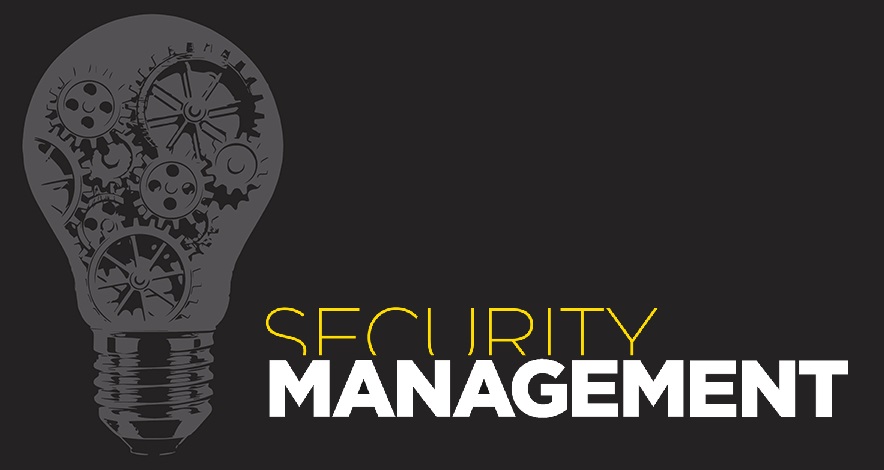60 Years: July
26. Background screening. Background screening, including drug and alcohol testing, has become a critical function of security over the past 60 years. However, many aspect of background screening, including the privacy of applicants, remains controversial.
27. Personal information. The rise of cybercrime has placed a unique importance on personal information. Certain types of data, known as personally identifiable information (PII), hold particular value for scammers and identity thieves. And uses for PII continue to expand. The latest threat, medical identity theft, is especially worrying because provides the victim with little recourse.
28. Social media. The proliferation of social media affects security in a variety of ways, both positive and negative. For example, social media can lead to unintentional disclosure of corporate data but can also aid in disaster relief by providing targeted information. Social media also has privacy implications in the workplace, leading to concerns over discrimination lawsuits brought on by corporate access to personal information.
29. Public surveillance. The ubiquity in surveillance of public spaces started in Europe, with the United Kingdom legalizing the use of CCTV in public areas in 2000. Since then, municipalities in the United States and around the world have adopted public surveillance programs—often in conjunction with the private security industry.
30. Trade secrets. Companies have faced the threat of trade secret theft since business began. However, as corporations increasingly store such secrets on computer networks, espionage has moved into the realm of cybersecurity. This means that theives can take and exploit a trade secret before its owner even knows anything has been taken.
